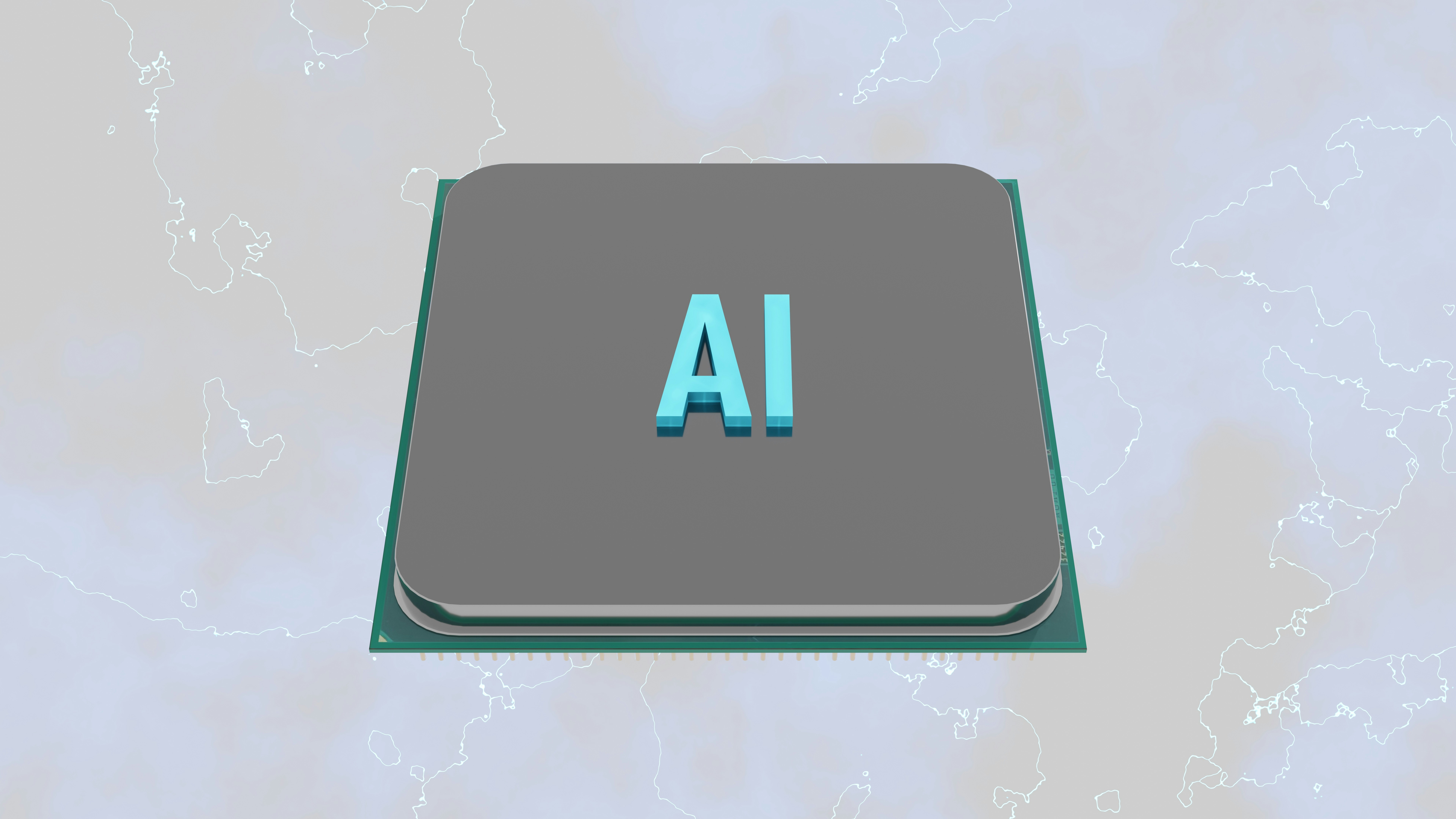
Introduction to macOS 26 and Compatibility Expectations
The anticipated release of macOS 26 reflects Apple’s ongoing commitment to providing innovative features and improved performance, while also adhering to a pattern of selectively dropping support for older hardware. Over the years, Apple has demonstrated its practice of aligning software advancements with hardware capabilities, a trend that continues to define system compatibility expectations for future versions of macOS. Each iteration of the operating system often introduces exciting functionalities that require newer technologies, highlighting the necessity for compatible hardware.
Historically, Apple has discontinued support for various Mac models with each significant update, focusing on enhancing user experience through advanced security features and refined usability. This systematic removal of legacy models ensures that the operating system can evolve without being burdened by outdated hardware constraints. As macOS evolves, older models often lack the requisite performance and features to support new software capabilities, rendering them incompatible with the latest updates. Users and enthusiasts alike anticipate this cycle, which shapes their expectations regarding hardware longevity and software performance.
With macOS 26 on the horizon, there is growing speculation about which Mac models will be included in the upcoming compatibility list. While the exact details regarding specific hardware are yet to be confirmed, users typically start preparing for potential transitions well in advance. Keeping hardware compatible with the latest software is crucial not only for accessing new functionalities but also for maintaining optimal security. As we explore the specific models that may lose support with macOS 26, it is important to understand the implications of these changes, as they will guide users in making informed decisions about their computing needs.
The Criteria for macOS Support and Hardware Limitations
Apple employs a meticulous approach in determining which Mac models will receive support for new iterations of its macOS operating system. Central to this decision-making process are several criteria including hardware specifications, processing power, and technological advancements. Typically, Apple assesses a Mac’s compatibility based on its CPU capabilities, RAM capacity, and graphics processing unit (GPU) features. As newer software developments arrive, these specifications also evolve, often rendering older hardware unable to support the latest macOS functionalities.
The processing power required for contemporary operating systems has significantly increased. Features such as enhanced graphics, machine learning capabilities, and security protocols necessitate robust hardware. As a result, older Mac models, which may have functioned adequately with previous versions, often fall short in performance when tasked with running the most advanced and resource-intensive applications. Consequently, even if these devices are capable of running earlier versions of the operating system, the performance degradation with newer updates can push Apple to drop support.
Furthermore, the pace of technological advancement impacts support eligibility. As developers create more sophisticated software and tools, they tend to leverage modern architectures that might not be compatible with older hardware. This creates a gap where legacy models are unable to utilize new features, security updates, or performance enhancements. Thus, while current Mac users might value their older devices, the necessity to maintain optimal performance, security, and compatibility among the Mac ecosystem compels Apple to prioritize support for more recent models. In this context, it is essential for users to stay informed about their machine’s support status to adequately plan for upgrades or replacements in the face of evolving software requirements.
The Five Mac Models Rumored to Lose Support
The technology landscape is ever-evolving, and with the anticipated release of macOS 26, there are five Mac models that are rumored to be dropped from support. Understanding these models will assist users in making informed decisions regarding hardware upgrades and compatibility with future software updates.
The first model on the list is the MacBook Air (Early 2015). This lightweight laptop gained popularity due to its portability and energy efficiency. However, the hardware limitations, including the Intel processor, pose challenges for running the latest macOS features that require more advanced processing capabilities.
Next is the MacBook Pro (Retina, 15-inch, Mid 2015). Known for its impressive display and robust performance, this model has served many creatives well. Unfortunately, its aging internals may not meet the demands of newer software, leading to speculation about its exclusion from upcoming updates.
The iMac (Retina 5K, 27-inch, Late 2015) is also on the potential dropping list. While this all-in-one desktop has provided excellent graphics and processing power, the hardware may struggle with the performance enhancements expected in macOS 26. Its age raises concerns over compatibility and support for modern application requirements.
Additionally, the Mac mini (Late 2014) is flagged for potential discontinuation. This compact desktop has been a favorite for users seeking a small form factor. However, its older specifications may not align with future software needs, making it a candidate for help from newer hardware that can handle updates efficiently.
Lastly, the Mac Pro (Late 2013), although a powerhouse for many professionals, is now facing limitations as it lacks the necessary updates to keep up with contemporary technological advances. This model’s age and stagnant upgrade path could lead to its exclusion from macOS 26 support.
Users of these models should begin considering alternatives to ensure continued compatibility with upcoming operating system updates, given the aging hardware and the demanding nature of future software applications.
Preparing for the Transition: What Users Should Do Next
As the rumors regarding macOS 26 suggest that support for five specific Mac models may be discontinued, it is crucial for users of these devices to take proactive steps to ensure a smooth transition. The first action to consider is performing a thorough evaluation of your current hardware. Understanding the specifications and capabilities of your Mac will help you assess its performance and compatibility with current and future operating systems.
Next, users should contemplate upgrading their hardware. If your Mac is among those rumored to lose support, investing in a new model may be the most straightforward solution. Apple frequently releases models with enhanced features, performance improvements, and optimized support for newer macOS versions. Additionally, newer Macs offer improved security and support for the latest software applications, which can significantly enhance your computing experience.
For those who wish to extend the usability of their current devices temporarily, exploring third-party software solutions might be beneficial. Many applications can provide workarounds or alternative functionalities that could alleviate some limitations associated with outdated operating systems. Look for community forums and tech websites where users share recommendations on software that continues to perform well on older Mac hardware.
Moreover, the timing of your upgrade is paramount. One should consider the potential features of macOS 26 that could enhance everyday tasks. For individuals who depend on specific functionalities, understanding what the new OS will bring helps inform whether to invest in a new device sooner rather than later. Engaging in discussions within online forums or with peers can provide insights into what features others find most appealing and how they plan to navigate the transition. By carefully evaluating your options, you can make an informed decision that best suits your needs as you prepare for the possible changes ahead.


